Fife Woodmill Game director Steven Wade has deer on his mind.
The animals may look romantic to many of us, but he knows their increasing numbers are behind a range of problems in rural parts of Fife, Perthshire and Angus.
“Nobody has come up with a plan of how to reduce deer numbers in the lowlands,” he tells me.”
Over the last 20 years Scotland’s deer population has doubled – from around 500,000 in 1994 to around 1 million now.
Fife-based Steven Wade takes customers stalking – that’s hunting deer with rifles. He is also the director of Woodmill Game near Lindores along with his son Guy.
He manages deer populations across 18,000 acres of land in Angus, Fife and Perthshire.
Increasing numbers have led to more collisions, “more deer dead on the side of the road” and issues with attempts to plant more trees to tackle climate change, he says.
So how do we tackle those problems?
Road collisions a sign of growing deer population
Perhaps the most visible sign of a growing deer population for drivers are collisions between the animals and vehicles.
Wildlife agency NatureScot estimated in 2022 that there is as many as 9,000 annual road collisions involving deer.
“We’re seeing more and more deer dead on the side of the road and more drivers complaining after hitting deer”, says Steven.
“And very often after these collisions people are asking us what we are doing about it.”
He dislikes this criticism and believes his – and others – efforts to manage the deer population are not being recognised by the media or politicians.
“At every twist and turn we are berated for the job we haven’t done”, he adds.
“The focus is still very much on killing more deer. There has not been any recognition for the work we have done in reducing numbers in a humane and professional way.
“We are counting our deer. And we are devising annual population modelling to assess the number of hinds.
“And we’ve managed our deer better to see an improvement in the general habitat.”
‘Fragmented’ management in lowlands making it difficult to form deer groups
The Lowland Deer Network Scotland (LDNS) was set up in 2011 as a “forum” for deer managers, landowners, farmers and management groups.
John Bruce is the chairperson of LDNS.
He says that a plan has been put in place by deer groups for the lowlands, but that the government needs to step in to help.
“It will need some investment by the government to inspire investment and to trial schemes”, he says.
“There is no profit in deer stalking. If the nation seeks to encourage yet more profit-less stalking it must reward those who perform it.
“LDNS is working hard and fast with NatureScot to research what we have and what we need to achieve a reduction is deer numbers by targeting the female cull.
“This by incentivising the culling of juveniles and by facilitating the handling of the carcasses locally.”
John continues: “Several of us are questioning the vast differential between the considerable investment in the highlands [as compared to the lowlands of Scotland.
“There are nine deer officers against the single deer officer to cover all the lowlands of Scotland.”
He also flags the difference in costs between the “aerial” deer counts in the highlands to the habitat impact assessments carried out in the lowlands.
Is an increase in woodland causing deer population issues?
The Scottish Government aims to increase woodland cover in Scotland to 21% of its total area by 2032. It is setting annual targets to help it achieve this.
Currently, 19% of the country is covered in forest.
In April 2023, the cabinet secretary for rural affairs, land reform and islands, Mairi Gougeon MSP said this would help in “sequestering of carbon for decades to come.”
Forestry Scotland also sets out a number of benefits related to planting more woodland.
It says woodland can help tackle climate change, restore lost habitats, support rural development and create benefits for communities.
However, it could also be creating an ideal habitat for deer to flourish and grow in numbers – especially around more urban areas.
“They [new woods] look beautiful but are also an absolute haven for roe deer”, says Steven.
“We’ve created a habitat that enabled a small population to grow into a large population.
“But the trouble is that their numbers are now so big that they are damaging the woodland that they have enjoyed thriving in.
“They are now creeping out and affecting new woodland that we are trying to create, impacting on farm cropping and food production.
“There seems to be so little recognition of the actual income that deer stalking brings into Scotland.
“If you remove the deer you take those jobs away and they are never replaced. Tree growing and tree management doesn’t create full-time jobs.
‘How are we going to cope with that additional venison?’
A key part of managing the deer population is also increasing the supply of venison.
For 33 years Woodmill Game has been doing just that – selling game online and across Scotland.
And over the last seven years it has diversified its business, selling game in vacuum packing, and in the form of sausages, burgers, ready meals and broths.
“You want us to cull more deer, but how are we going to cope with that additional venison?”, he asks.
“You can’t shoot all year round because female deer have got calves, so there is always going to be a seasonality involved in harvesting deer in Scotland.
“We are probably one of the smallest of a few venison processers in Scotland. How do we handle all those extra carcases coming through our business?
“But we need marketing input to get more venison into the food chain because as deer populations have grown the traditional markets have been flooded.
“We need more marketing to try and get the British public to eat more game or to export more overseas.
“But we are working extremely hard to stimulate the increase in all game.
“This is tied into our ability to actually shoot more deer and not leave them to rot on the hill.”
However, there are some steps being taken in the right direction – according to the LDNS.
“Much is being done about this and some food wholesalers have invested massively to advertise well-presented and carefully packaged venison”, says John Bruce.
“This has resulted in hundreds of thousands of meals being eaten when sold by supermarket chains
“And steps are being taken to make venison available on public procurement processes to schools, hospitals and the armed forces.”
What can the Scottish Government do to help reduce deer numbers?
Woodmill Game wants the government to get on side when it comes to promoting venison.
He also argues that the government could help provide deer stalkers and venison producers with relevant infrastructure. This could include larders and chillers.
“There has to be grants available for the venison marketing and for some of the infrastructure needed to take more deer out of the wild”, he says.
“It’s all very well to say we’re being irresponsible. But we have to be able to do that job.”
A Scottish Government spokesperson said: “Effective deer management is vital to improving our natural environment and tackling the climate crisis.
“This in addition to tree planting, woodland regeneration and peatland restoration.
“We know many land managers already do this effectively and we want to ensure the right support is available.
“Deer can provide important employment and social opportunities to our rural communities and they form an iconic part of Scotland’s landscape.
“However, we need to get the right balance of wild deer in the right areas to maximise the environmental benefits they can bring as part of a healthy, functioning ecosystem.”
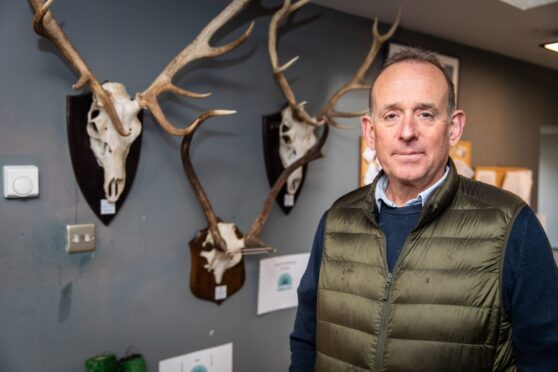
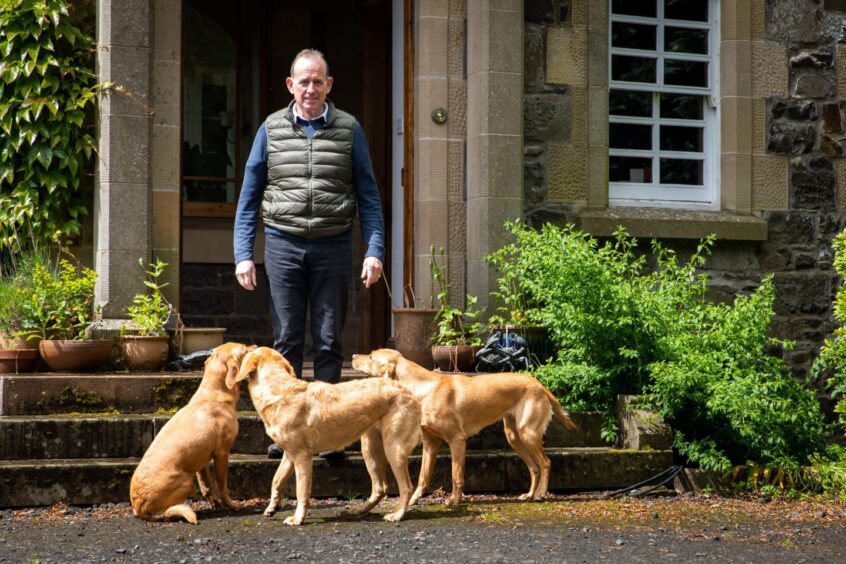
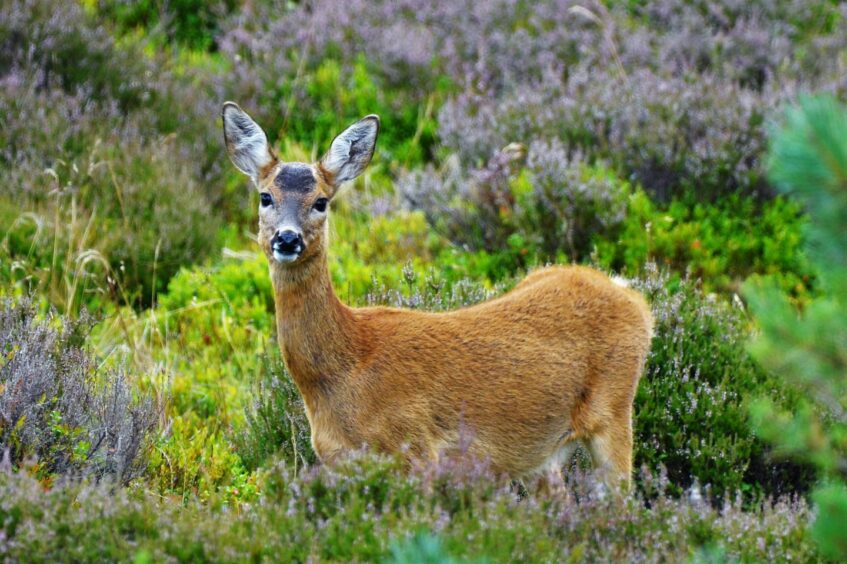
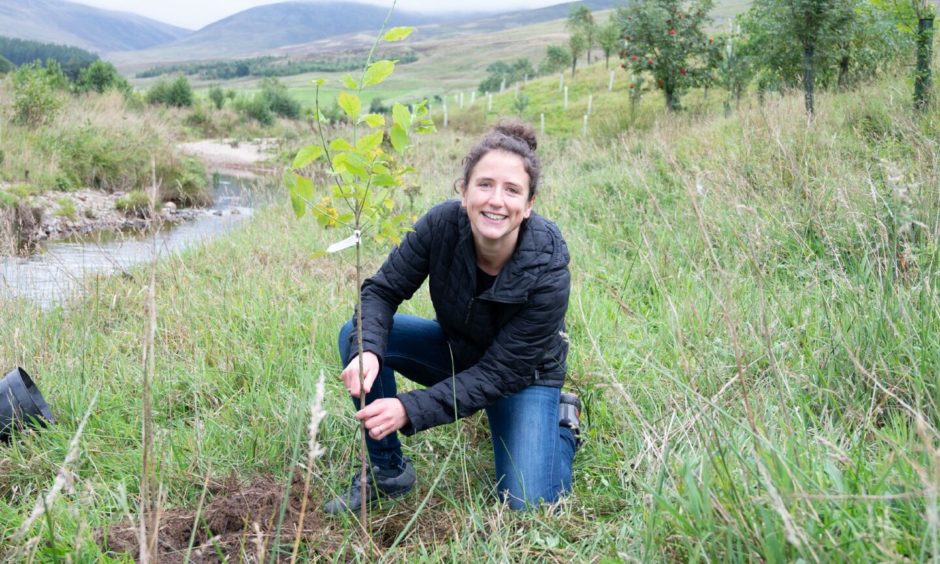
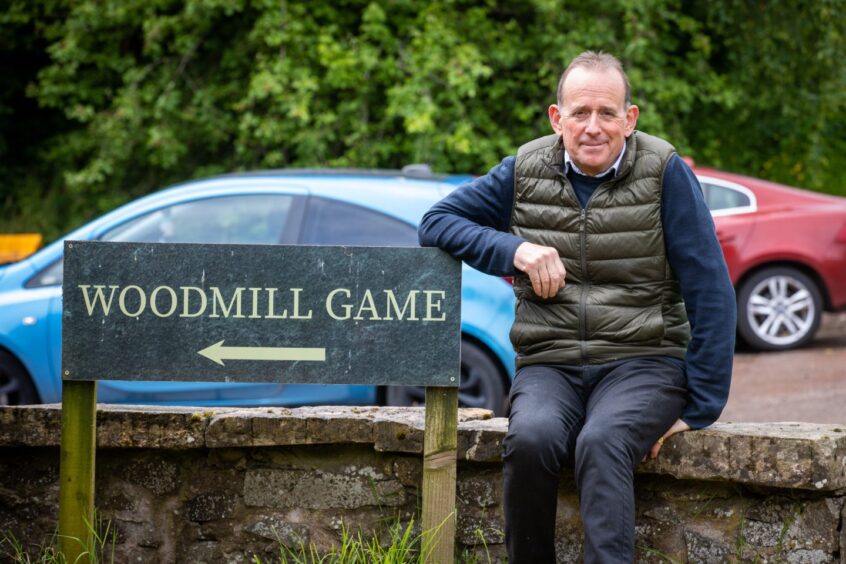
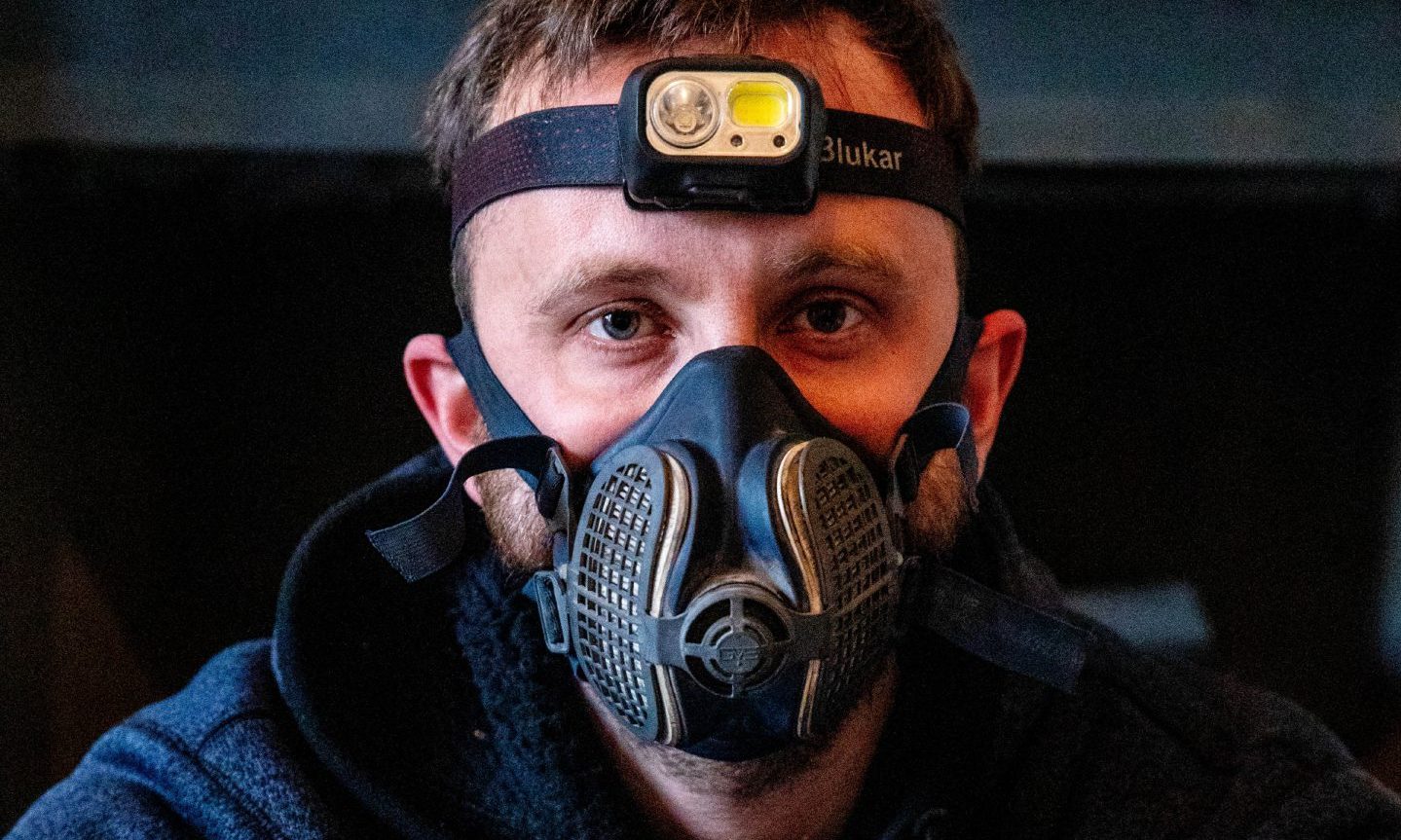
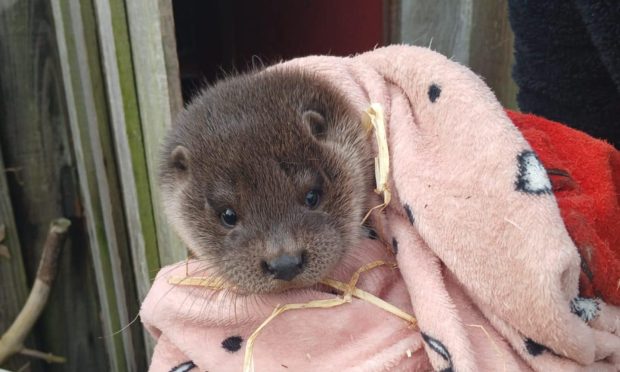
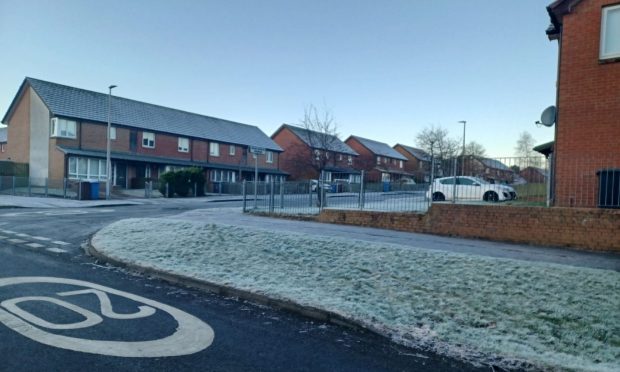
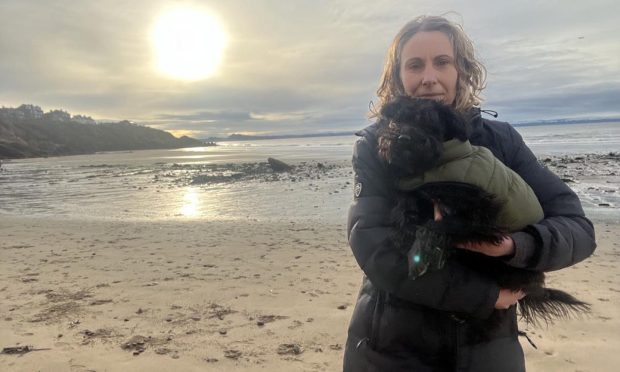
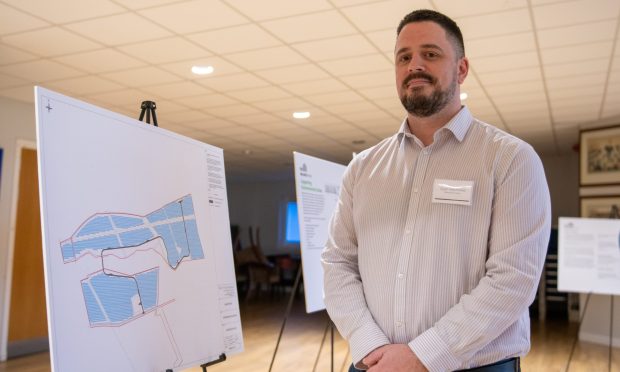
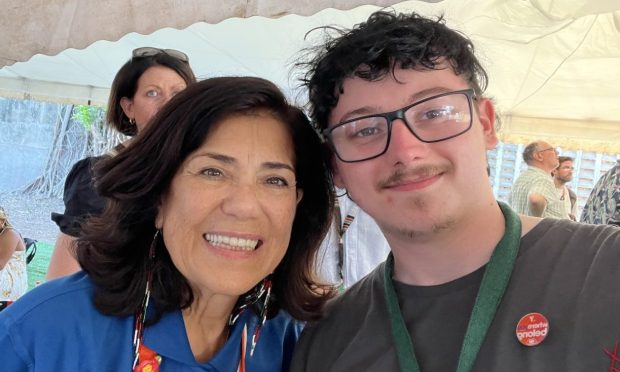




Conversation